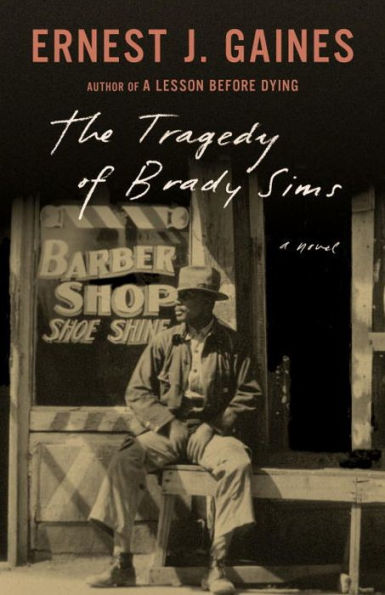A courthouse shooting leads a young reporter to uncover the long story of race and power in his small town and the relationship between the white sheriff and the black man who "whipped children" to keep order—in the final novella by the beloved Ernest J. Gaines.
After Brady Sims pulls out a gun in a courtroom and shoots his own son, who has just been convicted of robbery and murder, he asks only to be allowed two hours before he'll give himself up to the sheriff. When the editor of the local newspaper asks his cub reporter to dig up a "human interest" story about Brady, he heads for the town's barbershop. It is the barbers and the regulars who hang out there who narrate with empathy, sadness, humor, and a profound understanding the life story of Brady Sims—an honorable, just, and unsparing man who with his tough love had been handed the task of keeping the black children of Bayonne, Louisiana in line to protect them from the unjust world in which they lived. And when his own son makes a fateful mistake, it is up to Brady to carry out the necessary reckoning. In the telling, we learn the story of a small southern town, divided by race, and the black community struggling to survive even as many of its inhabitants head off northwards during the Great Migration.



